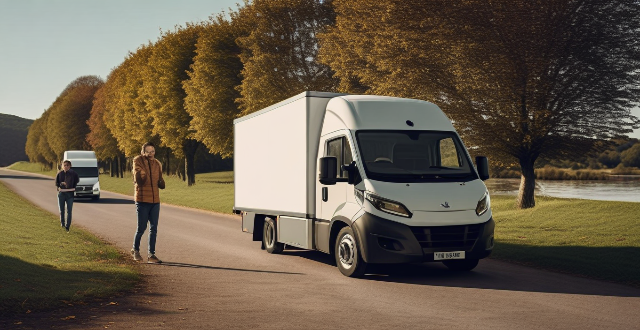Hub motors, while offering advantages such as improved efficiency and reduced weight in electric vehicles, also present several potential disadvantages. These include limited torque output requiring higher gearing ratios, thermal management challenges due to difficult heat dissipation leading to potential overheating, increased unsprung weight affecting suspension system performance and vehicle handling, and maintenance and serviceability issues due to difficult accessibility and complex repairs. Manufacturers need to carefully weigh these factors in their EV designs.

Are there any disadvantages to using hub motors in electric vehicles?
Introduction
Hub motors are a type of electric motor that is mounted inside the wheel hub of an electric vehicle. They offer several advantages, such as improved efficiency, reduced weight, and increased space savings. However, like any technology, there are also some potential disadvantages associated with the use of hub motors in electric vehicles. Let's explore these disadvantages in detail.
Disadvantages of Hub Motors in Electric Vehicles
Limited Torque Output
- Reduced Power Density: Hub motors typically have a lower power density compared to other types of electric motors, which means they may not be able to generate as much torque as needed for certain applications. This can limit their usefulness in heavy-duty or high-performance electric vehicles.
- Higher Gearing Requirements: To compensate for the limited torque output, hub motors often require higher gearing ratios, which can lead to increased complexity and cost in the drivetrain design.
Thermal Management Challenges
- Difficult Heat Dissipation: Since the motor is located within the wheel hub, it can be challenging to dissipate heat effectively. This can lead to overheating issues, especially during prolonged periods of high-load operation.
- Potential for Overheating: Overheating can negatively impact the performance and lifespan of the motor, as well as increase the risk of failure.
Increased Unsprung Weight
- Impact on Suspension System: The addition of the motor and its components within the wheel hub increases the unsprung weight of the vehicle. This can affect the suspension system's performance and ride quality, potentially leading to increased wear and tear on suspension components.
- Reduced Handling Performance: Increased unsprung weight can also negatively impact the vehicle's handling performance, particularly in terms of agility and responsiveness.
Maintenance and Serviceability Issues
- Difficult Accessibility: Hub motors are located within the wheel hub, making them more difficult to access for maintenance and servicing compared to other types of electric motors. This can increase repair times and costs.
- Complexity of Repairs: Due to their location and integration with the wheel hub, repairs or replacements of hub motors can be more complex than other types of electric motors. This may require specialized tools and expertise, further increasing maintenance costs.
Conclusion
While hub motors offer several advantages for electric vehicles, including improved efficiency and reduced weight, they also come with some potential disadvantages. These disadvantages include limited torque output, thermal management challenges, increased unsprung weight, and maintenance and serviceability issues. It is essential for manufacturers and designers to carefully consider these factors when deciding whether to incorporate hub motors into their electric vehicle designs.